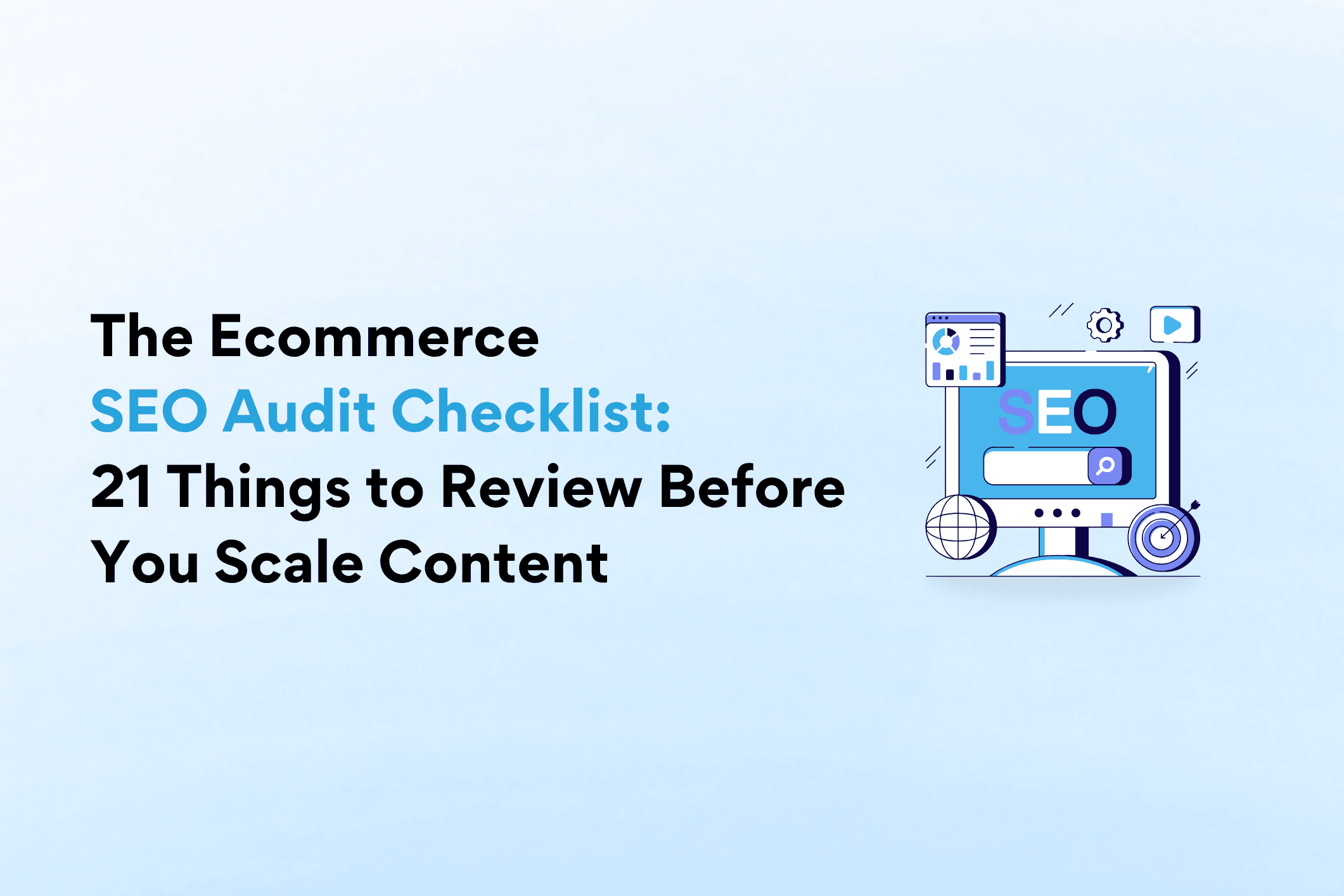For e-commerce businesses, the ability to tailor your Shopify site to meet customer needs is invaluable. A user-centric, straightforward website can significantly enhance conversion rates. Whether you’re adjusting your Shopify theme on your own or collaborating with an e-commerce agency, creating versatile section blocks is key.
In this guide, we explore the concept of section blocks and how to effectively utilize both dynamic and static section blocks to amplify your site’s customization and conversion capabilities.
Understanding Section Blocks
Section blocks are modular elements of a webpage, designed for specific functions. Shopify introduced this feature to facilitate easier customization of themes. Sections can be incorporated into a theme’s template as static elements (like in headers or footers) or dynamically through Shopify’s Theme Editor on the homepage.
Implementing Static Section Blocks
Static section blocks are permanent fixtures in your Shopify theme, editable via the Theme Editor. They remain in a predetermined location within the page template. For instance, a static section might be used for displaying custom text on product pages, essential for sharing timely information or unique shipping details.
Creating a static section involves initializing a scaffold with Javascript, CSS, and schema in the theme file editor. The schema, defined in JSON, dictates how content is interpreted. HTML and Liquid tags are then used for adding content, with Liquid tags specified within the schema.
For example, to display a static text box on a product page, you would include {% section ‘text’ %} in the product.liquid template file. This will then appear in the Theme Editor below the main content and above the footer.
Crafting Dynamic Section Blocks
Dynamic section blocks offer flexibility, allowing you to relocate them on a webpage. This is achieved by adding presets in the section file, which define the appearance in the Theme Editor and facilitate their addition to the index page.
The choice between dynamic and static blocks depends on their intended function and the desired flexibility in your site’s layout.
Setting Up Schema Markup on Shopify
- Create a JSON schema using a tool like Google Schema. Tools like technicalseo.com’s schema markup builder can be used to generate your organization’s schema.
- In Shopify, create a new snippet via Online Shop > Themes > Actions > Edit Code. Here, you can add a new snippet in the snippets folder, naming it for easy future reference.
- Add the snippet to the homepage by editing the “index.liquid” file and including {% include ‘snippet-name’ %}.
- Insert your organization’s Schema (JSON-LD) into the snippet and save it, ensuring to wrap it with div and script tags.
- Test your implementation using Google’s Structured Data Testing Tool to ensure accurate recognition.
Unlocking Creative Potential
With the knowledge of implementing static and dynamic section blocks, you can now significantly enhance your Shopify site’s user experience. The ability to customize and move these sections offers endless possibilities for creative and effective site design. The inclusion of schema markup further enhances your site’s visibility and searchability, providing a robust platform for your e-commerce business.
In conclusion, mastering the art of implementing schema markup and leveraging both static and dynamic section blocks on your Shopify site can truly revolutionize your e-commerce game. As you navigate the intricate world of customization, the power of static blocks ensures a consistent and structured layout, while dynamic blocks offer the freedom to experiment and optimize.
By seamlessly integrating schema markup, you not only enhance visibility but also unlock creative potential, creating a user-centric website that stands out in the digital landscape. So, embark on this journey of customization and optimization — supercharge your SEO, captivate your audience, and build a robust online presence that resonates with your brand.
Greg is a digital marketing strategist, ecommerce owner, e-commerce marketing agency owner, and recognized leader in the D2C industry.
With 18 years of experience working with small, medium, and large organizations, Greg knows how to build and execute marketing strategies that drive growth.



